Choosing the right merchant service provider (MSP) is a critical business decision. By debunking common myths and following a clear process, you can find a partner that protects your bottom line and helps you grow.
Debunking Common Myths
-
Myth #1: All merchant service providers are the same.
Providers vary widely in their pricing, support models, and services. The competitive landscape, which includes traditional banks and fintech companies, means you should thoroughly vet providers to find one that aligns with your specific needs. -
Myth #2: The cheapest processing rate is the only important factor.
Be cautious of low “qualified” rates, which are often part of a “tiered pricing” structure. Most transactions will be charged at a much higher “non-qualified” rate, making this model least favorable for merchants. Always look at the total cost of ownership, including all potential fees. -
Myth #3: I’m always better off with my local bank.
A local bank can offer advantages like familiarity with the local market and in-person support. However, smaller firms can often offer more competitive rates and more attentive customer service as a key differentiator.
The Merchant’s Checklist
-
Determine Your Business Needs:
Before you start, estimate your monthly transaction volume and identify the key payment channels you need, such as in-store, e-commerce, or mobile. -
Research Providers and Their Reputation:
Go beyond the sales pitch by checking third-party reviews and feedback from businesses in similar industries on sites like the Better Business Bureau. -
Uncover the True Cost:
Demand complete transparency in pricing. Ask for a full breakdown of all charges, including transaction fees, monthly fees, equipment hire, and early termination penalties. -
Assess Customer Support:
Look for providers who offer reliable 24/7 support. Testimonials from businesses praise providers who offer a “real person” on the phone and a sales representative who takes the time to understand their business. -
Prioritize Security and Integration:
The provider must adhere to the Payment Card Industry Data Security Standard (PCI DSS) and offer robust fraud tools like encryption. The platform should also integrate seamlessly with your existing systems, like your point-of-sale (POS) or e-commerce platform.

 Sign in
Sign in


